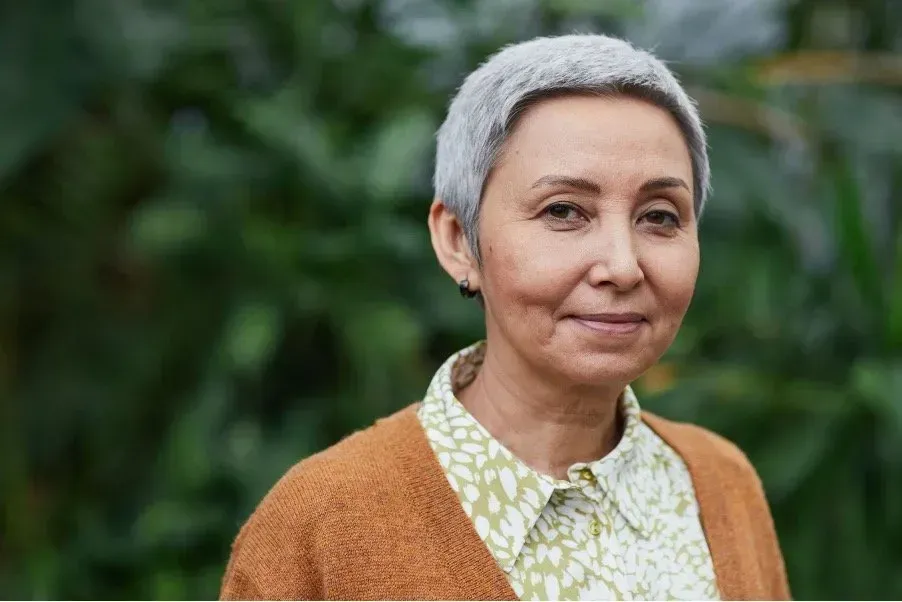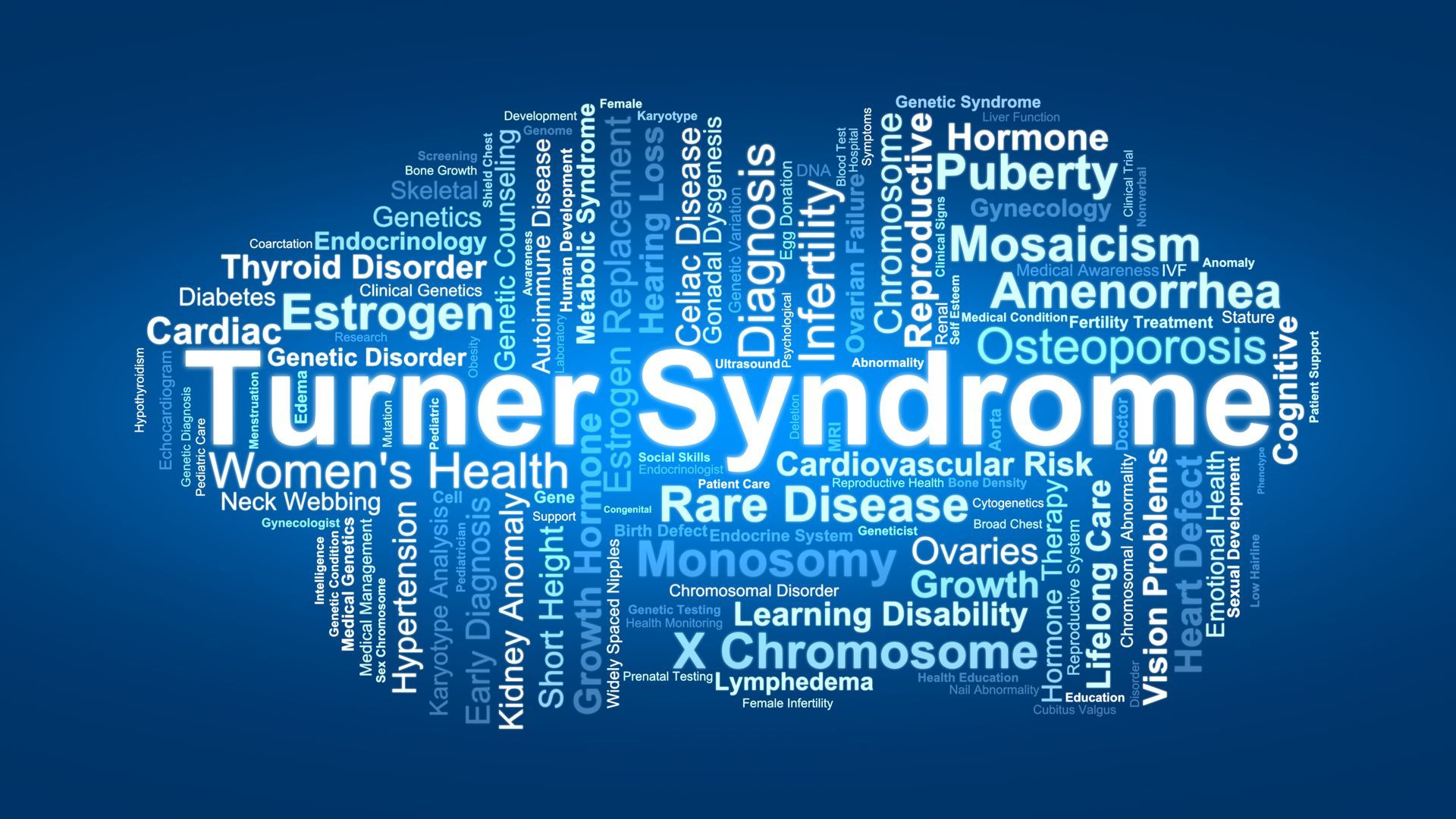Speech pathology and improving the quality of life in older Australians

Speech pathology can manage communication and swallowing disorders in older Australians.
We have an ageing population in Australia and that means there are more people living with age-related conditions than ever before. The response from the healthcare community has been swift, with many treatments now available to tackle a whole host of issues, including those related to communication and swallowing.
This is where speech pathology comes in. The rehabilitation treatment has been shown to be effective for people of all ages, including older demographics. In this blog, we’ll take a closer look at speech pathology, including what it is, why it’s needed for older people, and how it can help to improve a person’s quality of life.
What is Speech Pathology?
The goal of speech pathology is to help individuals manage the related effects of communication or swallowing difficulties, enhancing their quality of life. In older people, speech pathology can help those who have difficulty speaking or swallowing due to the natural ageing process or due to a secondary or acquired condition such as a stroke. A trained expert will draw upon a wide range of effective techniques to improve the person’s speaking and swallowing ability.
Issues Caused By Speech and Swallowing Issues
Many of us take our ability to communicate for granted. Sensing that we’re beginning to lose that ability can be an unwelcome, even scary, experience. Older people are more likely to experience communication issues than other demographics, with 95% of residential aged care residents having at least one communication disorder, and it’s also highly common in people who have a stroke, dementia, or Parkinson’s Disease. Living with an untreated speech disorder can lead to social withdrawal, anxiety, depression, and other issues that impact a person’s quality of life.
Studies have also shown that around 50% of people living in care home settings have swallowing disorders (dysphagia), along with 22% of the general population aged 50 and over. Swallowing conditions can affect anyone, but are more common among stroke survivors and people living with dementia and Parkinson’s disease. There are health risks, such as pneumonia, breathing difficulties, malnutrition and dehydration, associated with dysphagia, as well as emotional and social impacts.
Signs You Should Seek a Speech Pathologist
No one wants to live with swallowing or communication issues, but it’s important to remember that help is available. You do not need to undertake the journey alone. The first step towards getting help is identifying the symptoms of a disorder, either in yourself or in a family member about whom you have concerns.
Trouble communicating thoughts could be a sign that you need a speech pathologist. This could take the shape of slurring words, saying the wrong word, or speaking in a generally disorganised manner. Changes in the voice, such as the volume, tone, rhythm, or general smoothness, could indicate that speech pathology could be beneficial.
Signs of dysphagia include coughing when swallowing, taking more time than usual to chew or swallow food, unexplained weight loss, and a gurgling sound after the person has finished drinking or eating.
If you notice any of the signs outlined above, then it could be time to get in touch with a speech pathologist.
How a Speech Pathologist Can Help Older Australians
Speech pathologists use a variety of clinical Evidence Based Practise interventions to address and manage an individuals needs. Along with these, a speech pathologist will include functional, meaningful and motivating techniques to engage individuals to ensure an effective outcome.
Strengthen Ability to Swallow
Having difficulty swallowing can have a negative impact on a person’s quality of life. If you have problems eating or drinking, then get in touch with a speech pathologist. A speech pathologist is able to help assess, provide intervention and management to ensure you are able to continue to enjoy mealtimes in a safe manner.
Manage the Side Effects of Stroke
Speech pathology typically forms part of the stroke rehabilitation process because it can improve both communication and swallowing issues. Following a stroke, patients can often experience aphasia, which results in saying the wrong word — for instance, saying cat instead of dog. It’s a condition that affects around 25% of stroke survivors. A speech pathologist will work with you to give you the tools you need to find the right word.
Around 60% of stroke survivors have difficulty swallowing. Speech Pathologists will assess and manage eating and drinking difficulties, to ensure safe swallowing. Through a person centred and holistic approach, a speech pathologist will support to develop an individualised plan to address the identified goals.
Treat Dementia and Memory Loss Issues
People with dementia or memory loss often find that, while their ability to speak remains intact, they can experience communication problems in the shape of an inability to find the right word or pay attention. Speech pathologists can help to preserve and strengthen the brain functions associated with communication, as well as enhance its cognitive elements. While it won’t cure dementia or memory loss, it can help to make living with those conditions more manageable.
Improve Quality Life
Regardless of the cause of a communication and swallowing disorder, there’s little doubt that they can have a negative impact on a person’s quality of life. It can make eating a meal more laborious than it should be, while also making everyday activities, such as socialising with friends or visiting the store, more difficult. Speech pathologists are specifically trained to treat common speech and swallowing disorders, resulting in an all-around improvement in the patient’s quality of life.
Final Thoughts
It can be disconcerting to feel that you or a loved one is having difficulty communicating or safely managing their food and drink. But thankfully, it doesn’t have to be that way. Here at Helpz, our trained speech pathologists have the experience and expertise you need to find your voice again. Click here to get started.
News & Insights
Check Our Latest Resources







